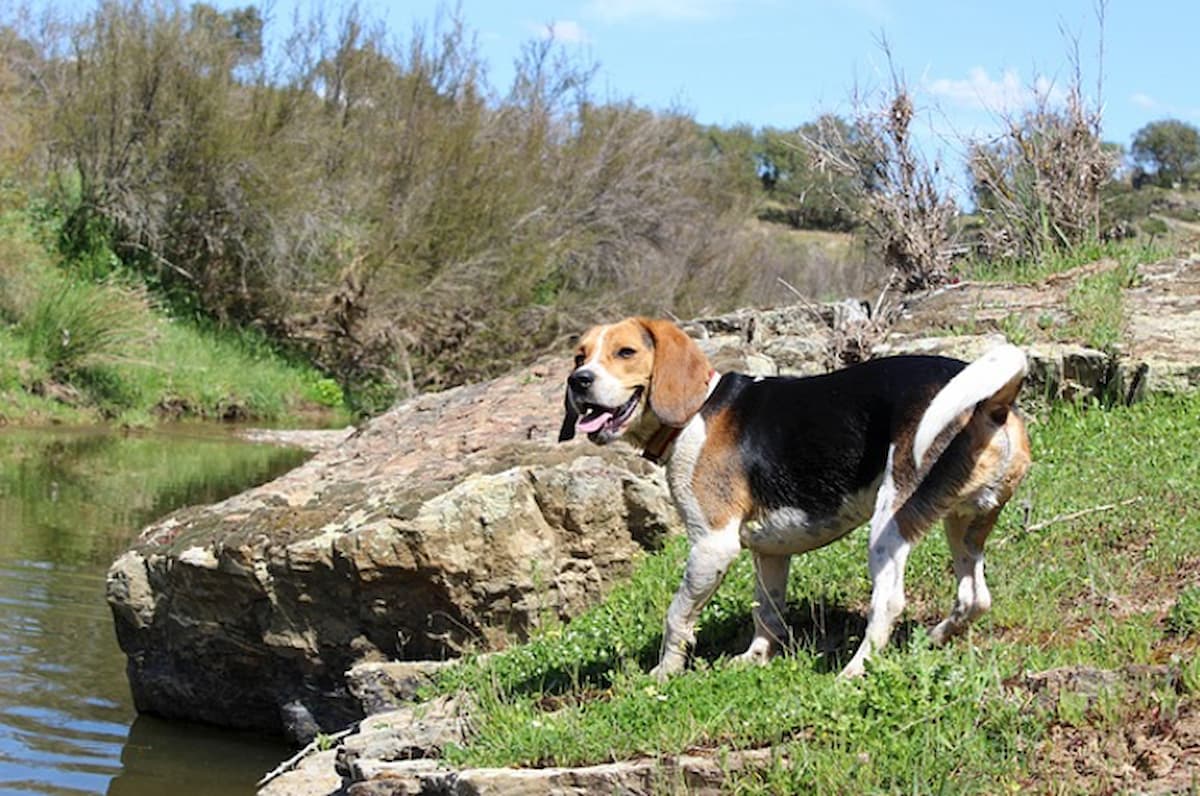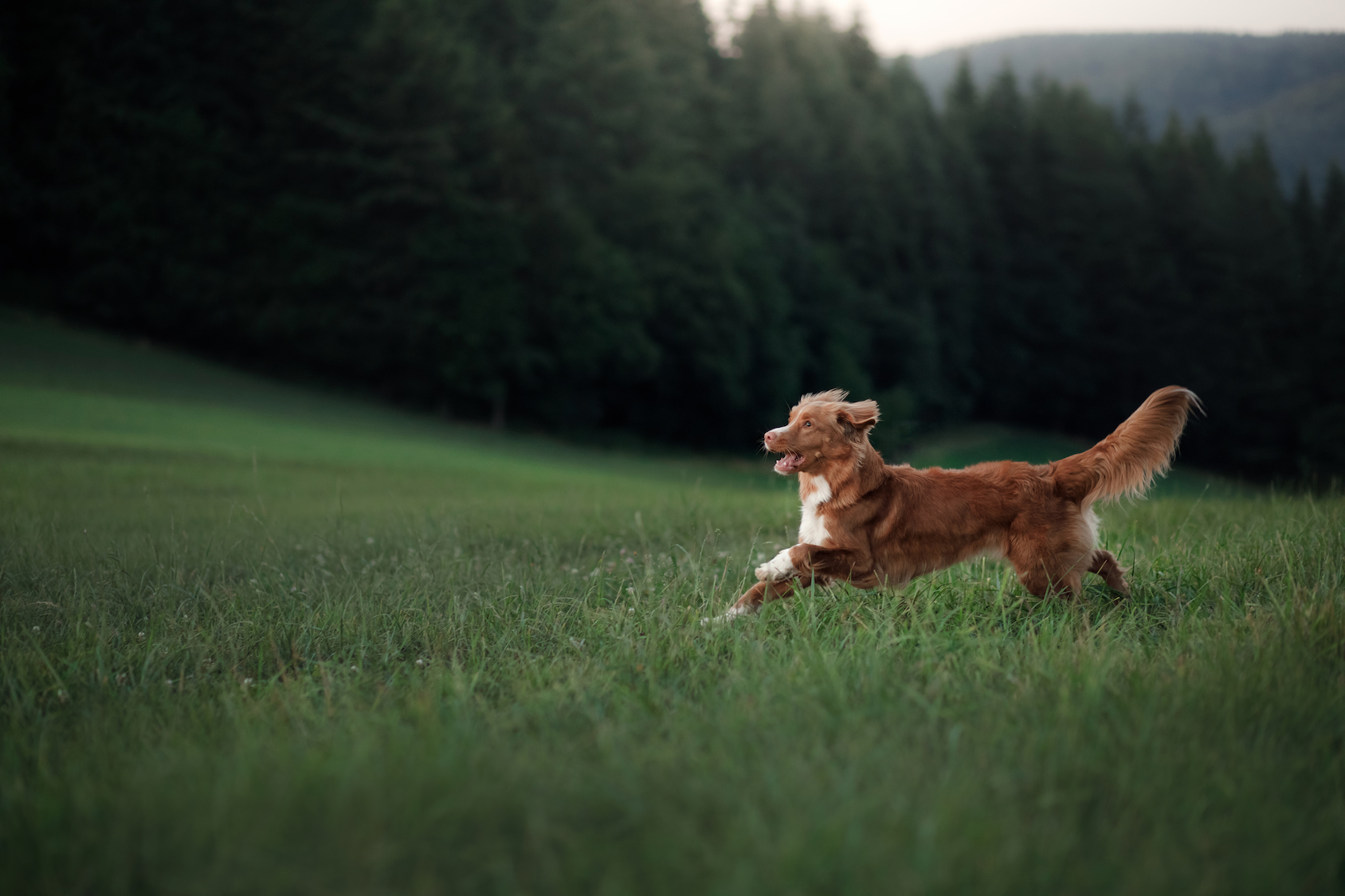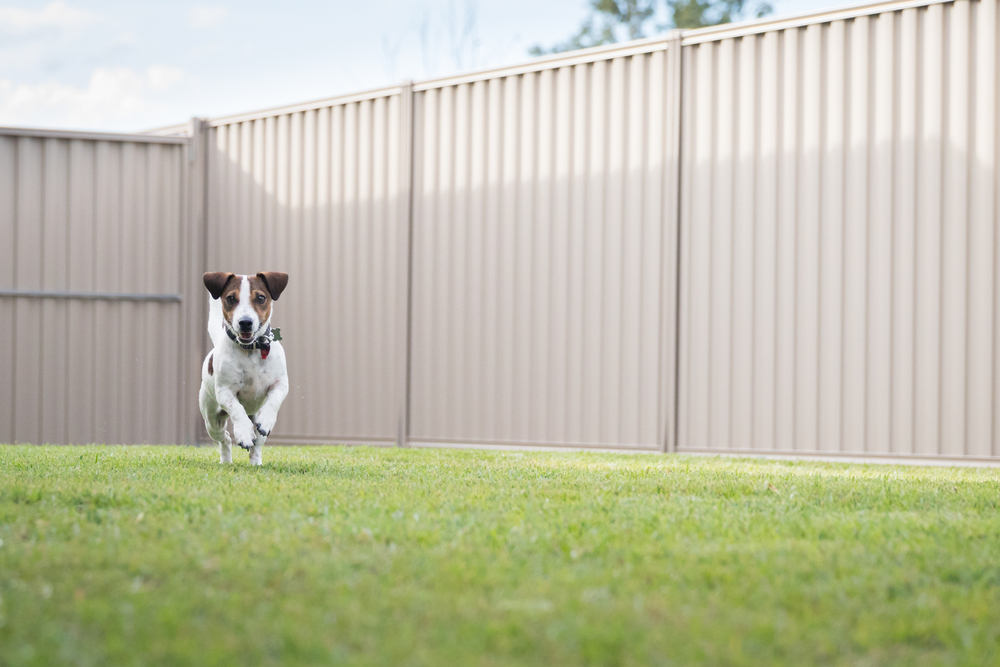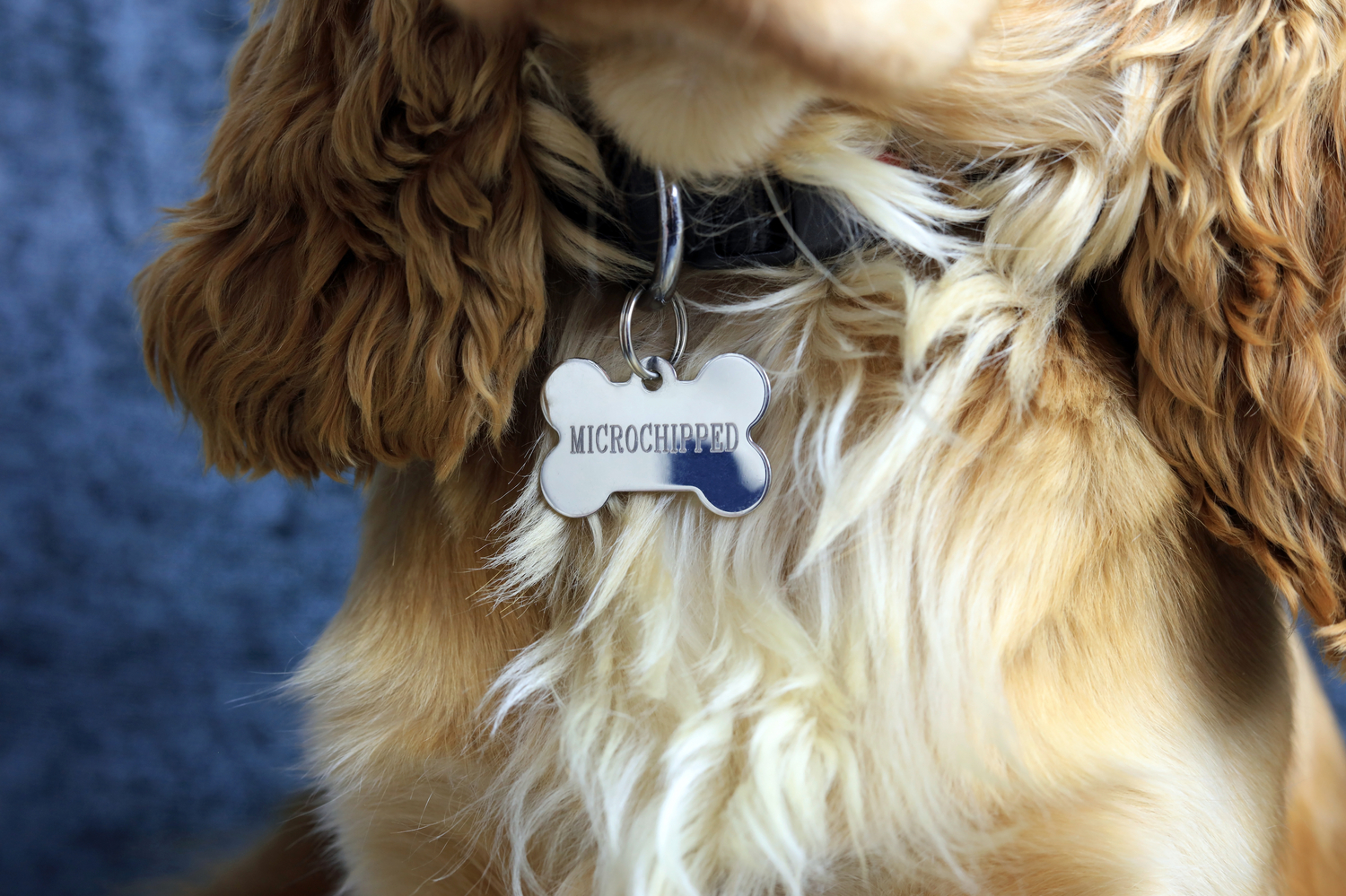Do Dogs Mean to Be Mean: How To Prevent Dog Bites
by The American College of Veterinary Behaviorists
Updated on January 28, 2025
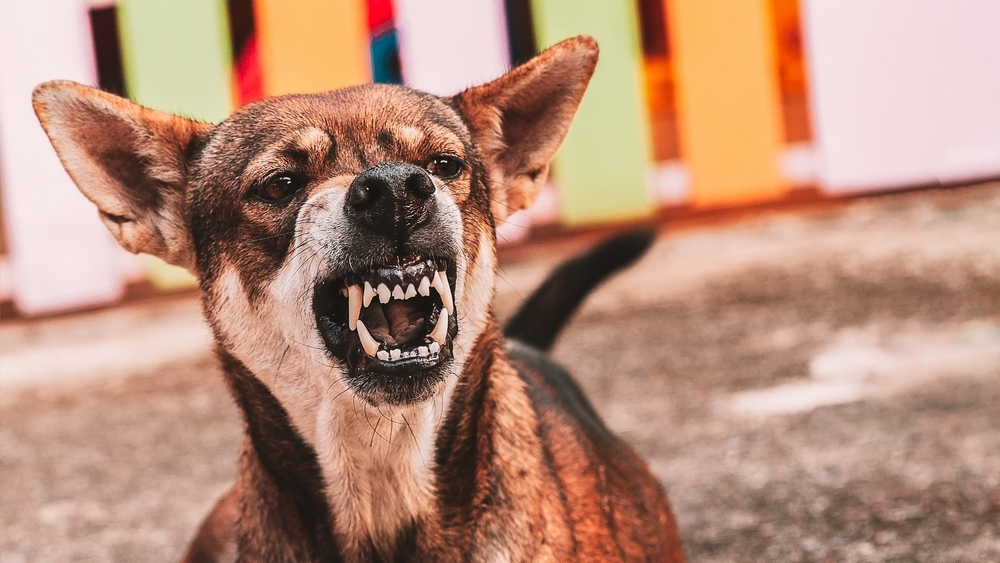
Looking to prevent dog bites? You are in good company. At least 4.5 million Americans are bitten by dogs every year (1). Dogs can be our best friends, our companions and our confidants. But when things go wrong in human-canine interaction, a bite is sometimes the result. One in five dog bites — or about 885,000 — requires medical attention.
All featured products are chosen at the discretion of the Vetstreet editorial team and do not reflect a direct endorsement by the author. However, Vetstreet may make a small affiliate commission if you click through and make a purchase.
National Dog Bite Prevention Week, which takes place in May every year,, seeks to change those statistics. For an informed view on preventing dog bites, we turned to the book Decoding Your Dog: The Ultimate Experts Explain Common Dog Behaviors and Reveal How to Prevent or Change Unwanted Ones by the American College of Veterinary Behaviorists.
As the book explains, stopping a dog from biting starts with understanding the dog. The following is excerpted from the chapter “Do Dogs Mean to Be Mean?”
Is Dog Aggression Always Provoked?
All dogs, however calm or tolerant they may seem, have the potential to bite. That does not make them “mean.” Meanness really does not apply to our canine companions. There is no revenge or malice in dogs; they are merely using canine tools to respond to social situations.
Aggression can occur in response to many different triggers, such as the desire to keep possession of a favorite toy, a response to the approach of an “intruder” in the yard or house, or to a too-vigorous brushing of a matted coat.
But these triggers are not always obvious. Maybe you just didn’t see that unchewed rawhide chip three feet away from the dog under the sofa, or you thought your dog was tolerating the combing because she was standing still for it.
To those who don’t know dogs, and sometimes even to those who do, aggression can indeed appear to be impulsive and unprovoked. However, in the majority of cases, once you understand what sets off an aggressive dog, her behavior becomes foreseeable and avoidable.
The truth is that most aggressive behavior is provoked — at least from the dog’s perspective — and predictable but may not occur every time a dog encounters a specific trigger. It is this lack of effective communication between us and our companion dogs that sometimes makes their behavior seem unpredictable.
Resource guarding is especially difficult for humans to understand. Traditionally, dogs are likely to value and guard food or food-related items, such as rawhide chews or food bowls. But it is important to view “value” from each individual dog’s perspective. Dogs might guard a resting spot or bed, the bathroom trash, even their valuable food-giving owners.
Noticing the provocation, however, can be difficult. It can be challenging to pick up on all the subtle behavioral signals of some aggressive dogs. As discussed earlier, some dog breeds, and individuals within any breed, are rather stoic, or their signaling apparatus (or body language) has been tampered with by breeding, disease, or plastic surgery.
If this describes your dog, it would be wise to schedule an evaluation with a veterinary behaviorist, who can help you by getting more details about the aggression and then offering a diagnosis and a treatment plan. Remember, aggression is not a training problem but rather a problem of how the dog perceives what is happening to her and how she responds to that perception. As a result, aggression needs appropriate intervention to address the specific cause.
We can protect our children and our dogs by being aware of the differences in how they look at the world. A resting or eating dog may not want to be bothered, or hugged and petted, and young children may be unable to read those signals, which can then result in biting.
Prevent Dog Bites: Where To Begin
Even though we all love our dogs, we must acknowledge that they might, in certain situations, bite. In fact, any dog, including the floppy eared family pet you share your bed with, may bite. As with any of life’s risks, the likelihood doesn’t necessarily mean you should not take that chance — if it is outweighed by the benefits. Veterinarians, who must sometimes do unpleasant things, like touch a painful paw, are certainly aware of this. What can you do in day-to-day encounters to prevent aggression and, especially, biting?
Know Your Dogs
Each dog is an individual with her own temperament and sensitivities. Aggressiveness is influenced by physical health as well as the dog’s reactivity, experience, and personality (including genetic temperament). Do you have a reactive or resource-guarding dog or one who is frightened of noises? Consider this when weighing your dog’s risk for aggression and plan accordingly.
Be Aware of Risks
Be aware that the risk of aggression may increase with behavioral maturity. Behavioral maturity occurs later than physical maturity. If your puppy or immature dog seems frightened or nervous in the face of unfamiliar people or situations, there may be an increased chance that she will express that fear through biting when she is a mature adult, at one to three years of age.
Scheduling an appointment with a veterinary behaviorist when things first change will give you the information you need so that you know what to do.
Avoid Biting Triggers
Know, avoid, and lessen your dog’s triggers for biting. This is important if you want to prevent dog bites. An everyday situation might be meaningless to one dog but a grave threat to another. For example, consider what happens when you approach an unchewed rawhide bone lying near your resting dog. While your dog might open one eye at your approach and then go back to sleep, your neighbor’s dog might guard the bone with a growl and a lunge.
Know Canine Body Language
Be aware of canine communication and body language. Dogs usually signal their fear, arousal, and uncertainty. It’s a good idea to watch your dog’s face, eyes, head, tail, and body posture to decipher what she is saying. Generally speaking, it’s not good to assume your dog will accept certain people, dogs, situations, or events. If she seems nervous, take your dog away from the situation as soon as you can.
Understand Canine Provocations
Understand the typical provocations of aggression for all dogs, which include:
- Pain
- Punishment
- Defending oneself
- Being disturbed while resting
- Physical manipulation, pushing, pulling
- Being disturbed while in a denlike area
- Being disturbed while on a high-value bed
- Defending the home, yard, car, and other territory
- Being approached when behind a fence, in a car, or in a crate
- Defending high-value resources that are approached, touched, or removed
Other Dog Behavior Books We Like
Here are some other noteworthy books to consider if you want to learn more about canine behavior:
The Other End of the Leash by Patricia McConnell, PhD
How to Train a Rescue Dog by Nate Dunham with Lissette Victoria
Sources:
(1) https://www.forbes.com/advisor/legal/dog-attack-statistics-breed/
More on Vetstreet.com :


